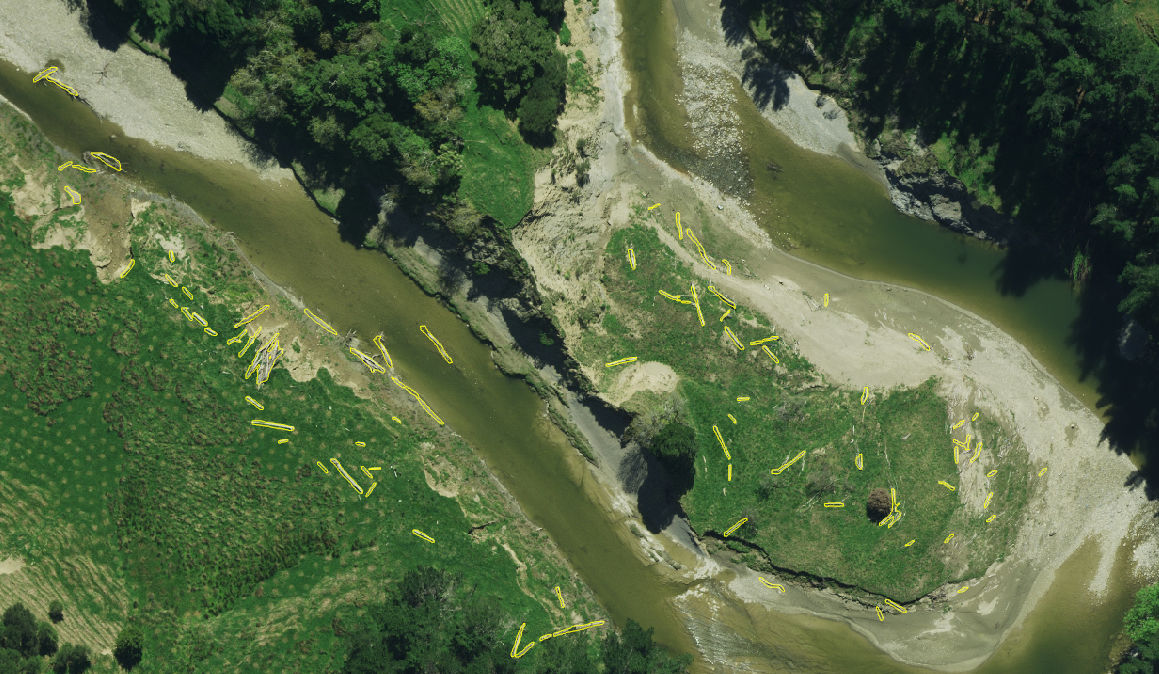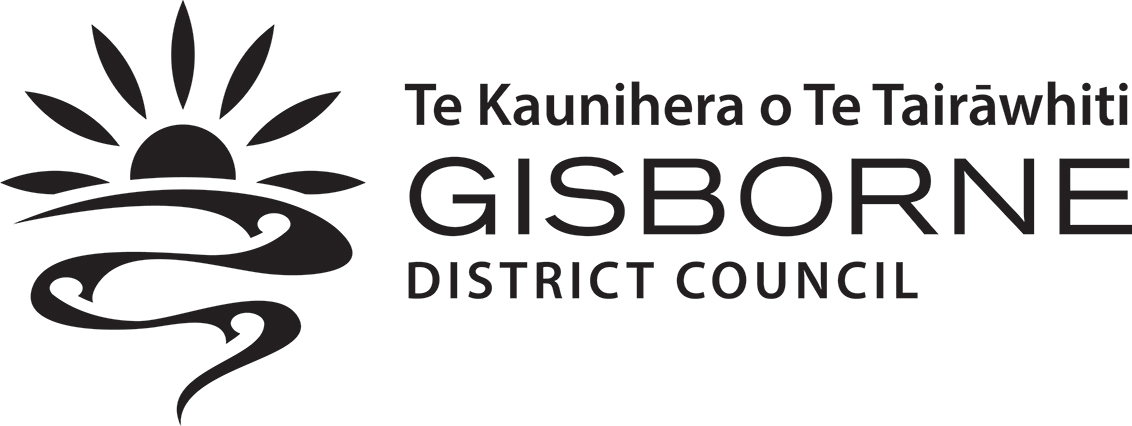14 February 2025
Woody debris in rivers and on our beaches is an all-too-familiar sight following heavy rain events. While it's not something we welcome, it's now an expected consequence of nature's forces.
Rod Sheridan, Council's Woody Debris Programme Manager, says that while there are several initiatives underway to reduce the amount of debris and sediment entering our waterways, these initiatives will take time to establish and come into effect.
"Our region has been fortunate to receive significant Government investment to help us reduce the immediate risk large woody debris poses to our community, critical infrastructure and the environment.”
He shares that many important lessons have been learned over the past 2 years of extracting woody debris. Lessons across extraction methods, project management, safety, environmental best practice and costings.
One of the most significant recent advancements has been the integration of aerial imagery and artificial intelligence (AI) technology into the programme.
At the end of 2024, the entire region was flown to capture high resolution aerial imagery. The imaging will be made available to the public on our online Tairāwhiti maps in the near future.
“Since capturing the imagery, the Large Woody Debris project team has been using a company specialising in AI to detect woody debris in or near our waterways," explains Sheridan.
Using AI technology has been a game-changer for the project. It's a smarter and more cost-effective way to quickly identify the location of woody debris and estimate volumes. We can then get approval to remove the debris from entire catchments efficiently. This approach also helps with better planning and consistent work for contractors.
"Before AI, the process was incredibly time-consuming," says Sheridan.
"We used older imagery and on-screen mapping techniques, but recent storms often changed the debris locations. We had to do site visits and use drones to capture images, then review them to decide whether to remove the debris or not. AI has quickly identified thousands of debris locations.
Sheridan says that while AI can pinpoint areas with a lot of debris, it can't tell us how to manage it.
“We still use drone imagery to supplement AI results in critical areas and help make operational decisions.
“The use of AI and drone imagery not only speeds up the decision-making process but also ensures that we have a current and accurate view of the woody debris issues within the region.
The integration of advanced technology into the Large Woody Debris Programme highlights the emerging benefits of having up-to-date decision-making tools. It showcases how technology can significantly enhance environmental management efforts, ensuring a cleaner and safer environment for all.
To date a total of 505,000m³ of large woody debris has been successfully removed from Tairāwhiti waterways.

AI detects large woody debris
